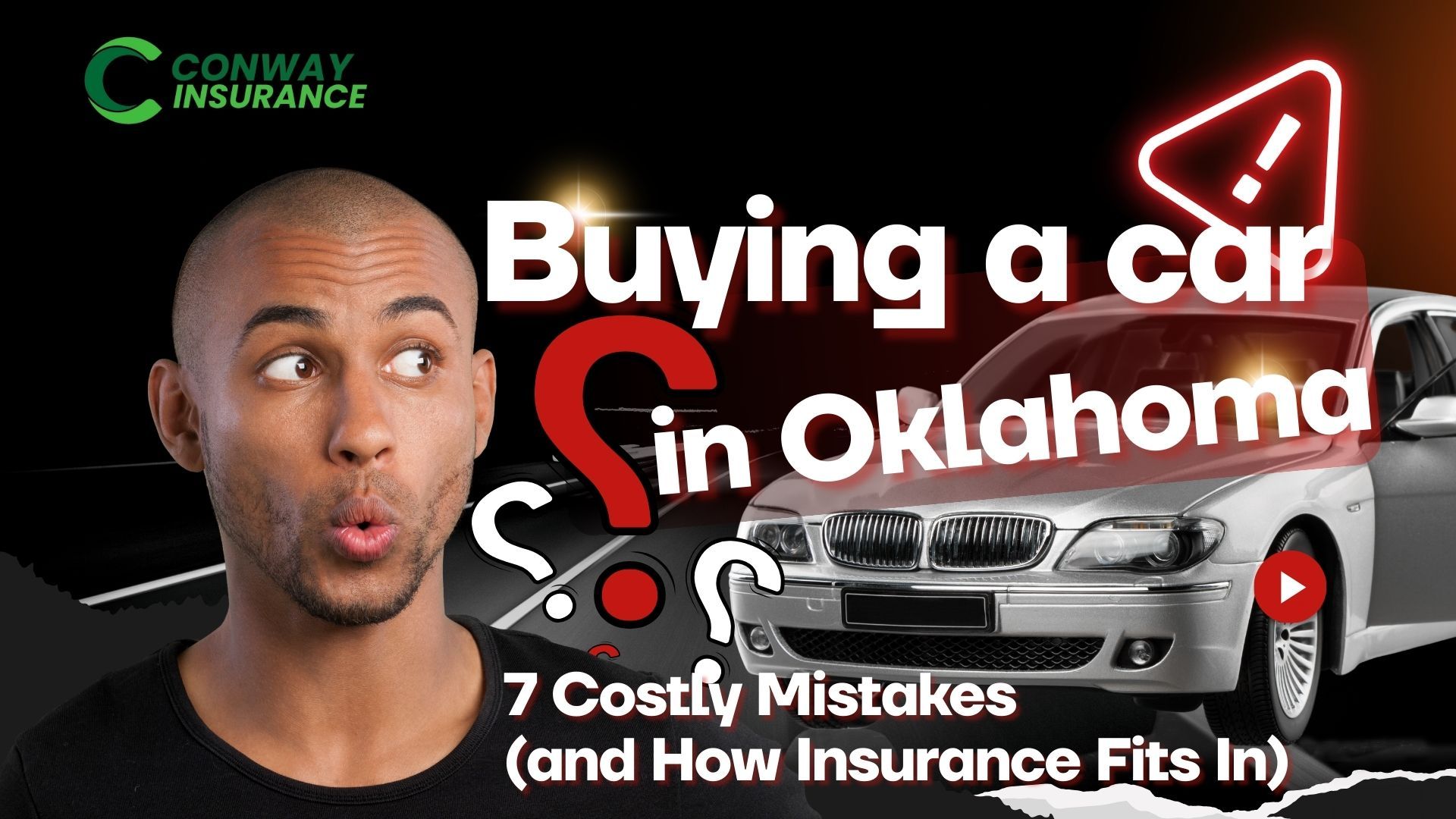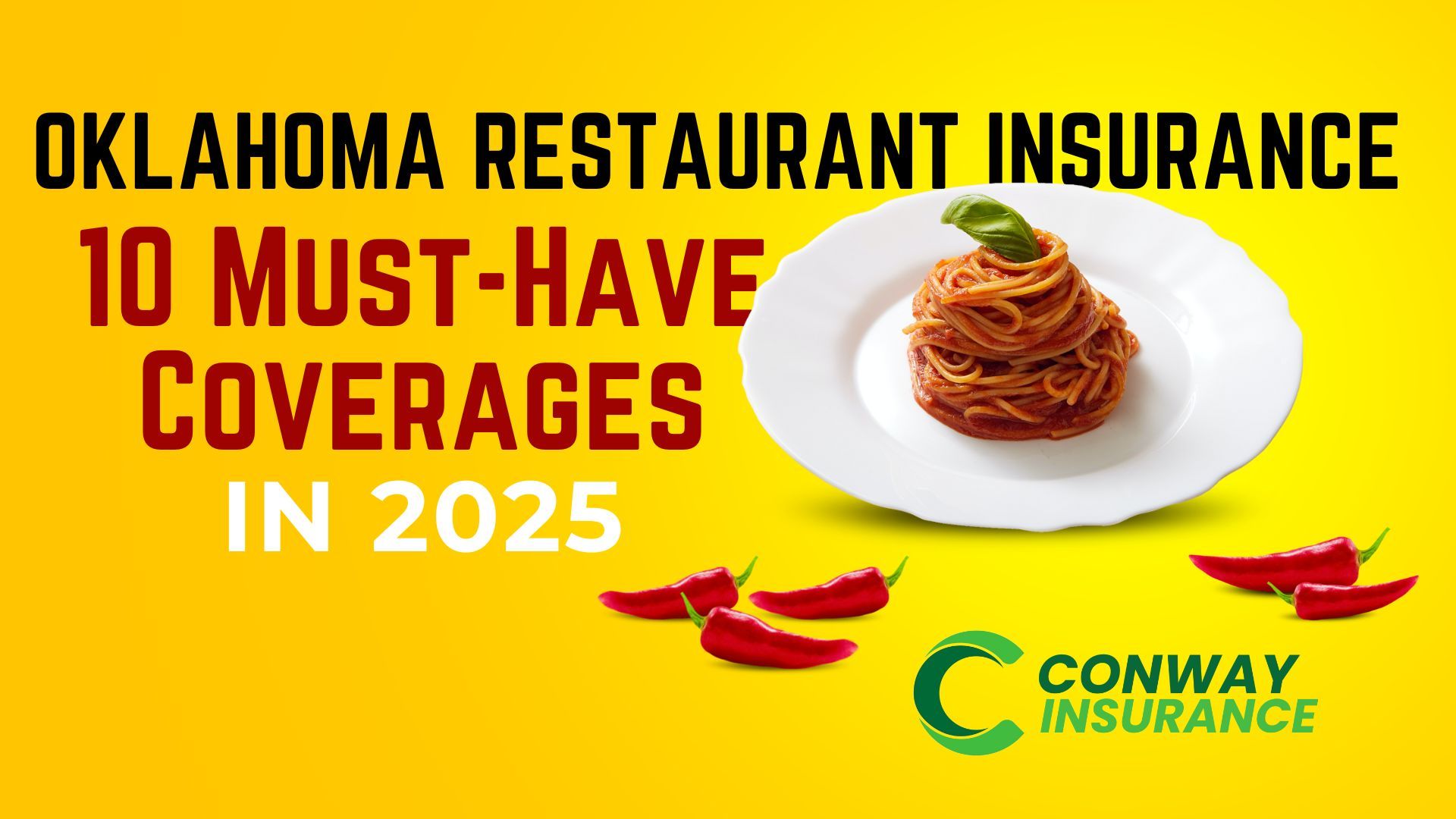UNINSURED MOTORIST
Oklahoma ranks among the highest in the nation for motorists without auto insurance, according to an article in the Journal Record published in 2019. This does not include drivers who only carry state minimum liability insurance which in Oklahoma is $25,000 per person/$50,000 per accident for bodily injury and $25,000 for property damage.
What happens if you or your passenger(s) are injured in a car crash caused by a driver without insurance? What if that driver did not have enough liability insurance to fully cover you or your passenger(s) bodily injuries? Expenses such as medical bills and health insurance deductibles can be hefty. You may lose a few paychecks if you miss work. It is possible to help this situation by having uninsured motorist coverage, and in Oklahoma, it also provides for underinsured drivers who have liability insurance, but not enough to fully cover your injuries or those of your passenger(s).
In Oklahoma, uninsured motorist covers your bodily injuries and/or those of your passengers when there is auto accident caused by another driver who did not have auto insurance or not enough insurance, a hit-and-run driver who caused the accident, and other situations. This coverage may help cover medical bills, lost wages, compensation for pain and suffering, costs associated with a funeral, and other expenses.
In some states, UM is required. In other states such as Oklahoma it is optional coverage you may purchase and some states if may not be offered at all. In Oklahoma if you elect to carry uninsured motorist coverage, you must carry at least the amount that matches the bodily injury limits of the state’s minimum automobile insurance requirement which is currently $25,0000 per person/$50,000 per accident. The maximum amount that a policyholder may purchase is equal to the amount of bodily injury liability coverage that the insured is covered by. For example, if your automobile liability coverage has bodily liability limits of $100,000 per person and $300,000 for all injuries ($100,000/$300,000), you will be able to purchase uninsured motorist coverage in the amount of $100,000/$300,000 but not less than $25,000 per person/$50,000 per accident.
Contact a local insurance agent or your insurance carrier to learn about the insurance requirements in your state and what your options are for this coverage.
The above information serves as general information only to help you better understand the different types of coverage. An insurance agent licensed in your state, or your carrier should be contacted regarding your specific policy(s), coverages, and your insurance needs. Insurance companies, policy contracts, and states will all have different coverage, limits, responsibilities, restrictions, and exclusions, in addition to legal requirements.
The post UNINSURED MOTORIST appeared first on Conway Insurance, LLC .
Recent posts


